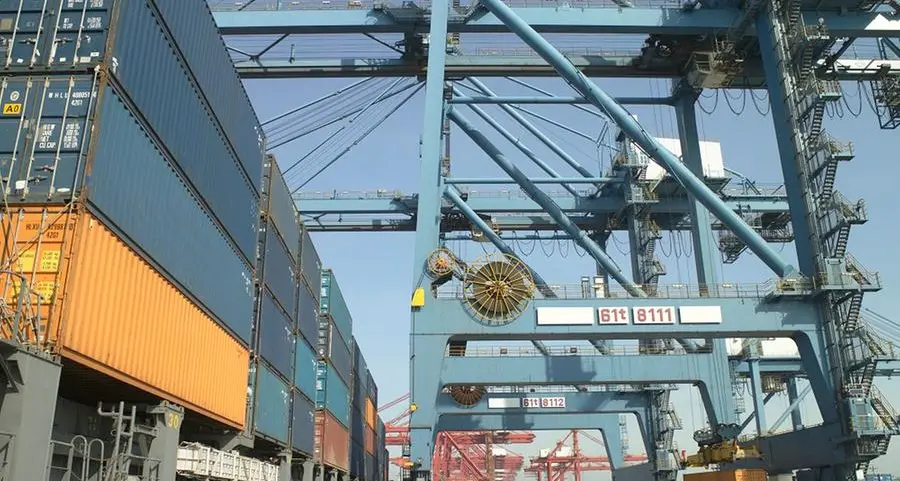Friday, Jan 14, 2011
Recently, one of my professors who taught population studies at the university I attended was in town as part of a business delegation.
When I studied there, he firmly subscribed to the idea that excessive population growth was the root cause of all the economic woes that India faced. He was a fan of classical economist Thomas Robert Malthus (1766-1834), and quoted the Malthusian theory of population so often that he was actually known as Malthus on the campus.
The theory stated that whereas population grew in geometrical progression, food resources increased only in arithmetical progression. That meant it was necessary to control population growth. Malthus warned that if this was not done then nature would apply its own crude methods through epidemics, floods, earthquakes and other natural calamities.
From a brief chat with my lecturer this time, I gathered that he had left the academic profession and started a company manufacturing rubber products. For a moment I wondered if he had taken up the Malthusian task through his entrepreneurial venture. But I discovered eventually that his company made wiper blades for motor vehicles.
Later in the week the professor spoke at a business gathering on the challenges India faces in its efforts to become a global economic power.
I was expecting that he would unleash a tirade against population explosion in the country.
What I heard, however, was a complete volte face. He actually said India’s strength lay in its teeming millions. That’s OK, then, because according to the latest forecast by the US Census Bureau, India is on course to top China as the world’s most populous country by 2025.
Estimates suggest that India will by then have 1.4 billion people. Indeed, by 2020, 136 million Indian youngsters will have joined the global workforce. Compared to this enormous number — which accounts for 17 per cent of the global total — China will add only 23 million people and the United States just 11 million.
Changing world economic order
This large increase in India’s working population is forcing changes in the world economic order.
According to a recent report by Morgan Stanley, India’s strength lies particularly in its fast-growing, educated workforce, which it estimates will grow from around 3.7 million new graduates in 2009 to 7.2 million by 2020, adding up to a total 144 million university graduates by 2020, with 25 per cent of them coming from the science and engineering streams.
Captains of Indian industry too believe that the country’s huge population can work as a great advantage.
“India is currently experiencing the biggest ‘demographic dividend’ in global history. The large numbers of young people present a potent advantage for the country, helping turbo-charge its rise and productivity,” wrote Nandan Nilekani, the co-founder of Infosys in a recent article (‘A massive dividend, but can we cash in?’, The Hindustan Times, December 30, 2010).
Experts say the huge apparent opportunity comes with enormous challenges. To reap the ‘dividend’ to its full extent, the country will have to work hard over the next two decades to sustain economic growth rates that can create a labour market large enough to absorb the millions of new graduates.
At the end of his talk, I checked with my professor as to whether the rapidly-growing population might not divert huge resources to consumption and social expenditures such as education and health care.
He patted me on the back and said: “Son, India now talks in terms of investment and returns. Domestic consumption is the driver of our growth, education and health care are consumables that could be bought and sold in the market,” he said.
Clearly, the power of the market economy seemed to have exorcised the Malthusian ghosts from my professor’s soul, and there has been a broader paradigm shift in respect of population growth, as India emerges both as one of the fastest-growing consumer markets in the world and a critical source of top-class technological talent.
MARKETS
By Babu Das Augustine ?Deputy Business Editor
Gulf News 2011. All rights reserved.




















